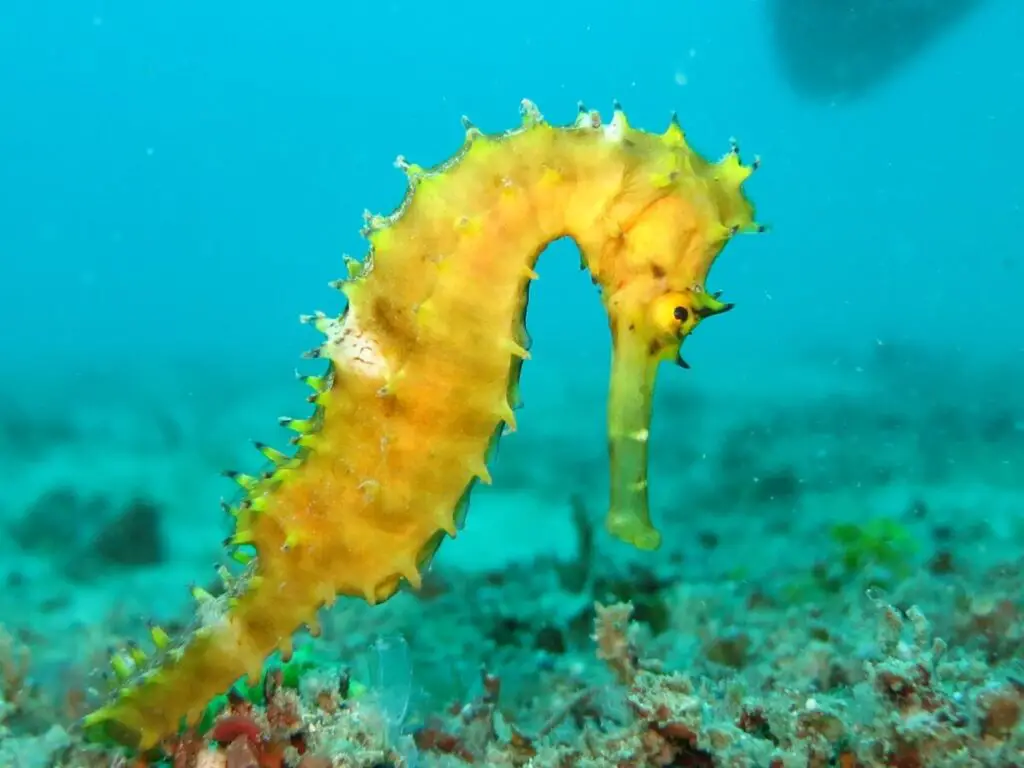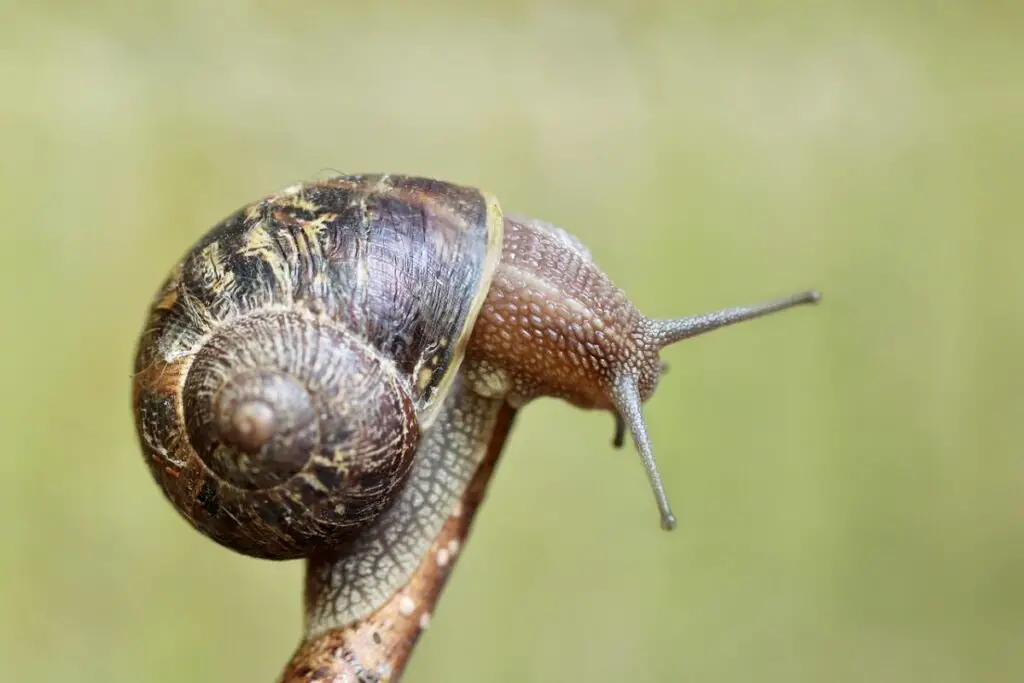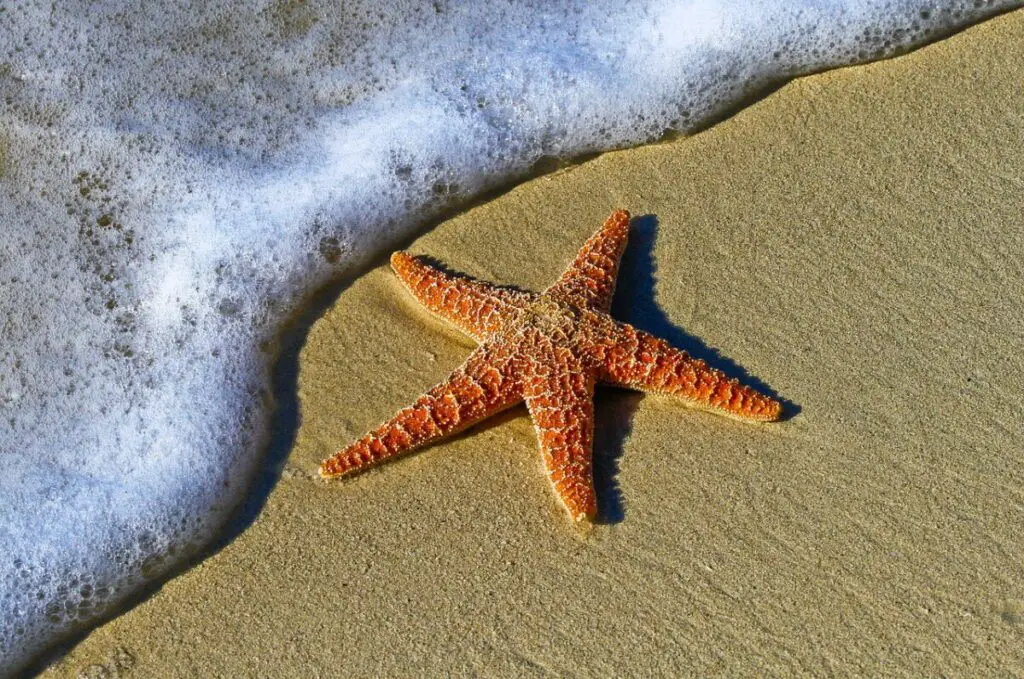Invertebrates are a diverse group of animals that lack a backbone and account for most species on Earth. This article will provide an overview of invertebrate diversity, discuss key characteristics shared by members of this group and examine their importance in ecosystems.
Invertebrates represent over 95% of all animal species on our planet and can be found everywhere, from deep oceans to deserts. They range greatly, with some as small as 0.5mm and others reaching lengths up to 50 meters or more.
Invertebrates inhabit many environments, including terrestrial, aquatic, and aerial habitats. These animals have evolved several unique adaptations which help them survive in these hostile conditions and compete with other organisms for resources.
Most invertebrates possess segmented bodies with numerous specialized appendages such as antennae, legs, and wings for sensing their environment or locomotion. Furthermore, they often exhibit complex behaviors like predation, courtship rituals, and communication through sound signals or pheromones. Additionally, they play vital roles in food webs by serving both as predators and prey within various ecosystems across the globe.

Types Of Invertebrates
Invertebrates are a diverse group of animals that lack backbones. They can be found in most habitats on Earth and make up the majority of organisms living today. Many types of invertebrates range from familiar creatures such as butterflies and crabs to little-known species like nematodes and water bears.
Insects are among the most common invertebrates on land, with about one million known species worldwide. Insects have hard external skeletons for protection, jointed legs for movement, and antennae to sense their environment.
Most insects also possess wings that allow them to fly short distances or hover midair while searching for food. Other terrestrial invertebrates include spiders, centipedes, scorpions, millipedes, snails, slugs, and earthworms.
Marine environments contain an even greater diversity of invertebrate life than land does. Marine invertebrates range from microscopic plankton to giant squid over 30 feet long. Examples of marine invertebrates include starfish, sea cucumbers, jellyfish, clams, octopi, and shrimp. Freshwater habitats contain some unique groups of organisms adapted to live in these environments; examples include freshwater mollusks such as mussels and crayfish.
Characteristics Of Invertebrates
Invertebrates are a vast group of animals that lack backbones. They can be found in nearly every habitat on the planet and make up more than 95% of all species known to science. This article will explore common characteristics shared by many invertebrate species, from the microscopic nematode worm to the giant squid.
The primary distinguishing feature between vertebrates and invertebrates is the lack of a spine or backbone. However, this does not mean that all invertebrates have soft bodies; some possess exoskeletons made of chitin, like crabs or insects, while others may form calcium carbonate shells around their body for protection, such as clams or snails.
Most invertebrates share several other anatomical features: they usually have segmented bodies with bilateral symmetry and multiple sets of jointed appendages.
Invertebrates vary greatly in size and life span – ranging from single-celled organisms like paramecia to complex creatures like octopuses that weigh over 50 kilograms (110 lbs). Furthermore, there is enormous diversity among them regarding diet and behavior.
Some feed on small particles suspended in water, while others hunt live prey or take advantage of plant matter for sustenance. Additionally, various species exhibit different social behaviors, including cooperation and competition with conspecifics (individuals of the same species).
Adaptations Of Invertebrates
The adaptations of invertebrates are numerous and vary depending on the species. Generally speaking, though, most invertebrates have evolved several adaptation mechanisms to help them survive in their environment. These may include physical or behavioral changes that allow them to better cope with various environmental pressures such as predators and changing temperatures.
Physical adaptations can range from complex structures like shells and spines to protect against predation to specialized organs such as tentacles that sense food sources in dark environments. Behavioral modifications also exist, allowing an organism to increase its chances of survival by avoiding danger or finding food more efficiently than non-adapted organisms.
For example, some insects use camouflage and mimicry behaviors to blend into their background or appear harmless. In contrast, others rely on flight patterns and chemical signals for communication between individuals and social organizations.
In addition, many invertebrates have evolved sophisticated reproductive strategies to pass genetic material from one generation to the next successfully. These strategies involve unique mating rituals, egg-laying habits, and even parental care provided by certain species. Such adaptive behavior allows these animals to thrive despite their challenging conditions while living in unpredictable habitats.
Invertebrate Communication
Invertebrates can display a range of behaviors that can be interpreted as communication. These forms of communication vary by species and context. Still, some common examples include using scent or touch to signal presence, courtship displays, warning signals, and even collective behavior in response to predators.
The mechanisms behind invertebrate communication involve physical cues, such as sound waves or visual signs like bright colors, and chemical signaling via pheromones or other substances released into the environment.
In some cases, these messages may only be understood by members of the same species; for example, certain bee dances can function as a system for sharing directions about resources between hive members. Additionally, many animals have evolved sophisticated responses to environmental changes that allow them to communicate with each other without direct contact.
These behaviors demonstrate how complex inter-species relationships can be maintained through nonverbal communication. By studying these methods more closely, we understand how different organisms interact and form mutually beneficial partnerships within their habitats, which is essential for maintaining healthy ecosystems.
Invertebrate Reproduction
Invertebrate reproduction is an essential life cycle element for all living organisms. Reproduction ensures a species survives over time and allows new individuals to be born with different characteristics that may confer adaptive advantages in changing environments. In invertebrates, sexual or asexual reproductive methods can occur depending on the type of animal being studied.
Female invertebrates often lay eggs, while males fertilize them externally by passing sperm onto the egg surface. Depending on the species, fertilization may occur internally through copulation or even parthenogenesis when no male is present. After successful fertilization, embryos develop inside these eggs until they hatch into juveniles that look more like their parents than other members of the same species.
The energy invested in parental care varies greatly among invertebrates; some provide extensive care, whereas others abandon their offspring soon after birth or hatching. In addition, some invertebrates reproduce by budding, where single-parent organisms produce genetically identical clones from body parts such as buds or arms without gametes.
This form of asexual reproduction allows colonies to increase in population size quickly and rapidly spread across large areas within short periods.

Role Of Invertebrates In The Ecosystem
Invertebrates play a vital role in the functioning of ecosystems. They are essential for healthy and diverse environments. They form part of food webs, perform key functions in nutrient cycling and decomposition processes, contribute to soil formation, and provide habitat for other organisms. In addition, their ability to respond quickly to environmental changes makes them an important indicator species for monitoring ecosystem health.
The presence or absence of invertebrate species can often indicate certain land use practices that could impact the environment. For example, studies have found that human activities such as pesticide spraying, deforestation, urbanization, and pollution can disrupt essential functions performed by invertebrates leading to reduced diversity within an ecosystem with consequent loss of critical services provided by these animals.
The fact that some populations of invertebrates have declined due to climate change has been highlighted as a warning sign against global warming, making this group particularly important from both a conservation and research perspective.
Therefore, considering the considerable ecological importance that invertebrates possess, it is necessary to understand how various factors influence their abundance and distribution to implement appropriate management strategies to maintain viable populations.
Invertebrates And Human Interaction
Invertebrates play a vital role in the health of every ecosystem on Earth. This is why it is important to understand how human interaction affects them. Humans interact with invertebrates through hunting, collecting, and recreational fishing.
Hunting for food or sport has caused declines in some invertebrate populations due to overharvesting. Collection for scientific research or private collections can also affect species’ numbers if not done responsibly. Recreational fishing often targets certain species of fish and shellfish, which may decrease their abundance locally when too much pressure is placed upon them.
Climate change poses another threat to many invertebrates, especially those that inhabit aquatic environments where temperatures are changing drastically. Other human-induced hazards include pollution, habitat destruction, and introduction of invasive species into new ecosystems.
Pollution from agricultural runoff can degrade water quality in rivers and lakes; this can lead to decreased oxygen levels, negatively affecting both terrestrial and aquatic invertebrates. Habitat destruction leads to the loss of suitable areas for these organisms to live in; they are forced either out of the site or sometimes even become extinct. Invasive species often compete directly with native ones for resources leading to the displacement or extinction of the native population.
Humans must be aware of our impacts on all parts of nature, including invertebrate life forms, so we might take steps towards conserving the delicate balance between other animals and us within our environment.
Conservation Of Invertebrates
Invertebrates are an important part of the world’s biodiversity and play a critical role in keeping ecosystems healthy. Conservation efforts have been put in place to help protect these vulnerable species from extinction.
The conservation of invertebrates is essential to maintain their populations and keep them viable for future generations. This includes protecting natural habitats, limiting human-induced disturbances such as pollution or overfishing, and reducing unsustainable harvesting practices. In addition, many countries have legislation limiting certain species’ trade due to their vulnerability.
Conservation initiatives also focus on captive breeding programs where individuals can be bred in secure environments without risk of predation or environmental degradation. These programs encourage genetic diversity by allowing different lines to interbreed, which helps strengthen the overall population’s health.
Reintroduction projects often move captive-bred individuals back into their native habitat so that they may contribute to the local ecosystem. Such projects require careful planning and monitoring because any new animals must introduce do not disrupt existing food webs or cause further harm to other species within the environment.

Threats To Invertebrates
Invertebrates, which represent the majority of species on earth and are a critical component of many ecosystems, are threatened by various sources. Human-driven activities such as habitat loss, pollution, and climate change have been identified as significant causes of their decline. As these threats grow in intensity and scope, effective strategies must be implemented to protect invertebrate populations and prevent further losses.
Research into the effects of human activity on invertebrate populations has shown that there can be both direct and indirect impacts depending on the type of activity involved. Direct damage refers to the physical destruction or alteration of habitats due to construction projects or agricultural practices. In contrast, indirect damage is caused by pollutants released into the environment through industrial processes or unsustainable farming techniques.
Climate change also poses a serious risk for invertebrates since they often inhabit specific habitats with narrow temperature ranges; any increase in global temperatures could drastically reduce their numbers if suitable replacement environments cannot be found.
Considering this wide range of factors influencing invertebrate populations, conservation efforts must focus on multiple fronts to ensure lasting protection. This requires targeted measures targeting each threat and an overall approach that creates safe havens where sensitive species can thrive without fear of disruption or extinction. In addition, monitoring programs should be established so that changes in population sizes over time can be accurately measured and appropriate interventions taken when necessary.
Future Of Invertebrates
Invertebrates are the most abundant and diverse group of animals on Earth. They include arthropods, mollusks, annelids, sponges, jellyfish, worms, corals, and sea stars. Understanding how human activities affect invertebrates is essential for protecting their habitats and populations from further decline or extinction. With this in mind, it is important to consider what the future holds for invertebrates.
The effects of climate change have been observed in many species of invertebrates worldwide. Rising temperatures can cause changes in behavior patterns and decrease reproductive success due to increased extreme weather events.
Pollution has caused habitat loss, altered water quality, and reduced food availability for many species of invertebrates. These factors make sustaining viable populations difficult. As a result, some species may become extinct if action isn’t taken soon to reduce harmful practices contributing to climate change and other forms of environmental degradation.
Conservation efforts are necessary if we hope to protect invertebrate biodiversity in the future. This includes creating protected areas within which species can thrive without human interference; establishing monitoring systems that track population health; limiting harvesting where appropriate; restoring degraded areas; and increasing public awareness about the importance of preserving these vital components of ecosystems worldwide.
Allowing invertebrate populations to remain healthy will help ensure they remain part of our planet’s biodiversity for generations.
